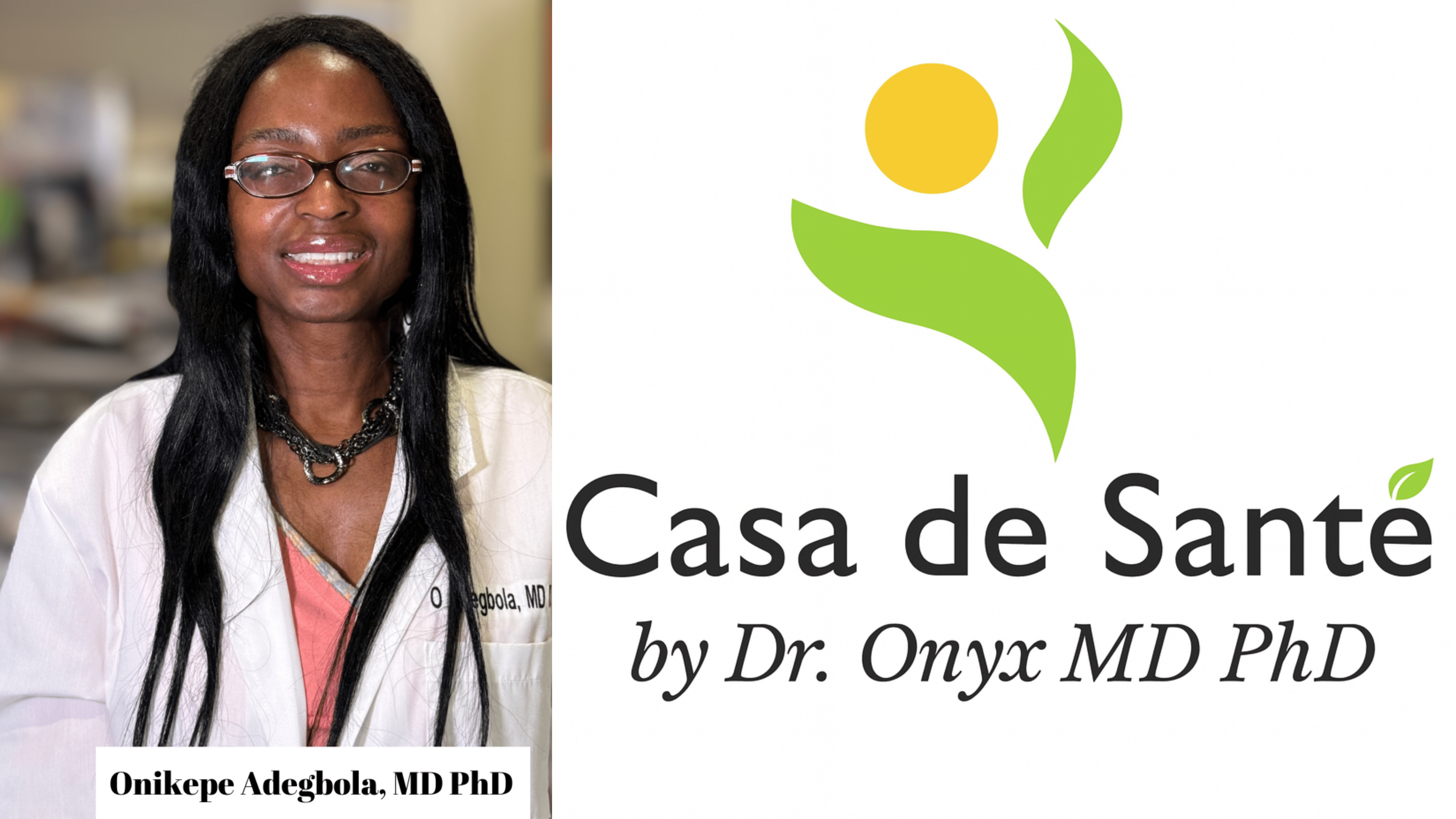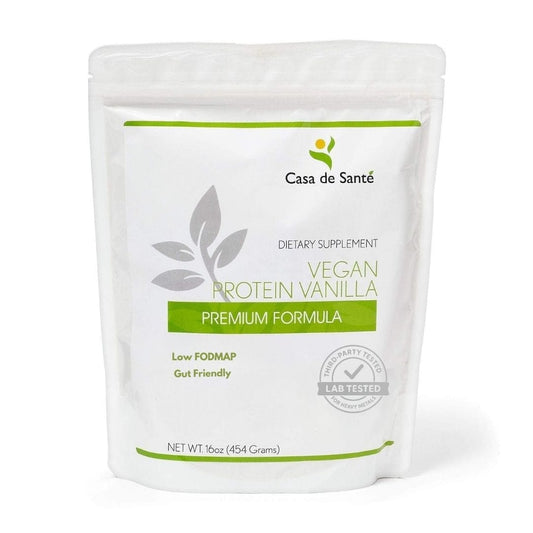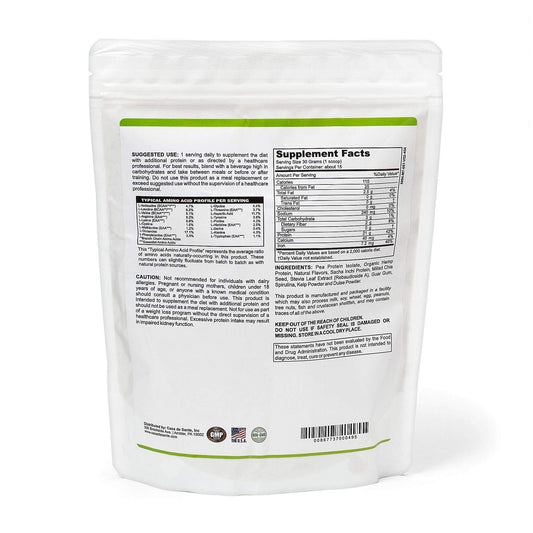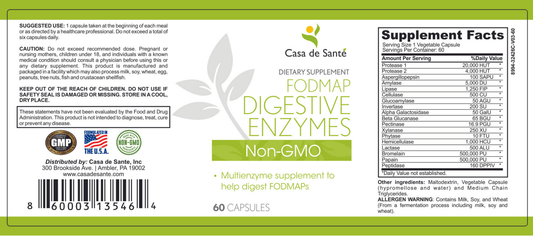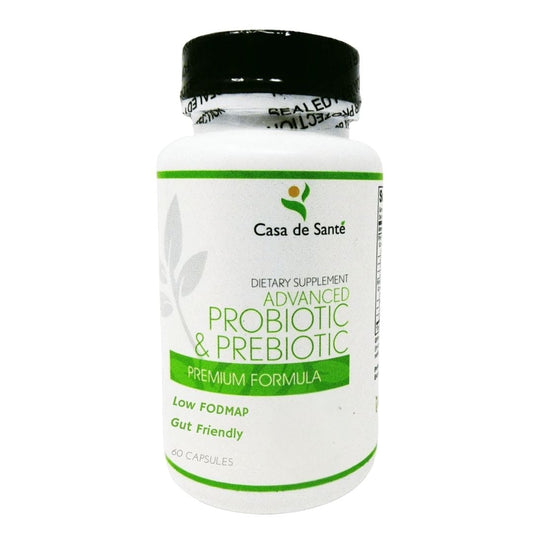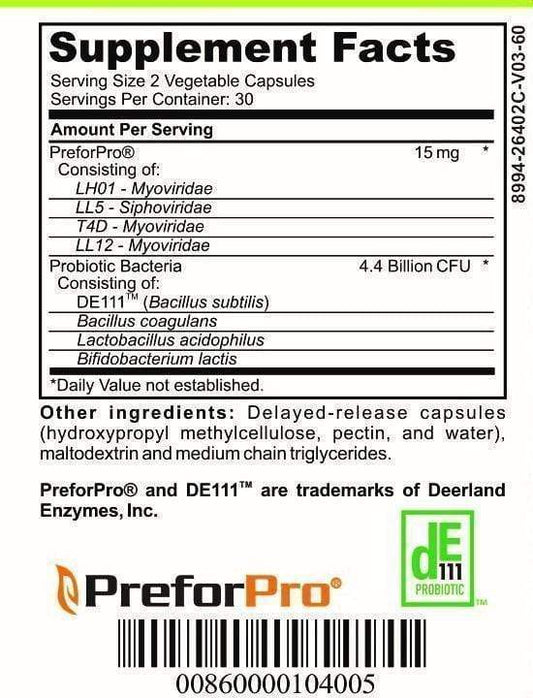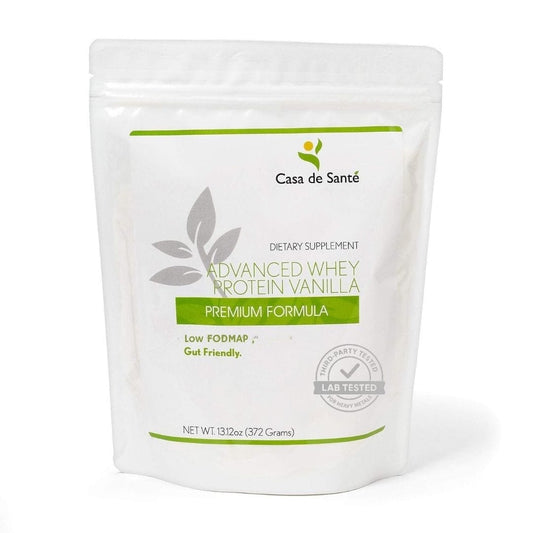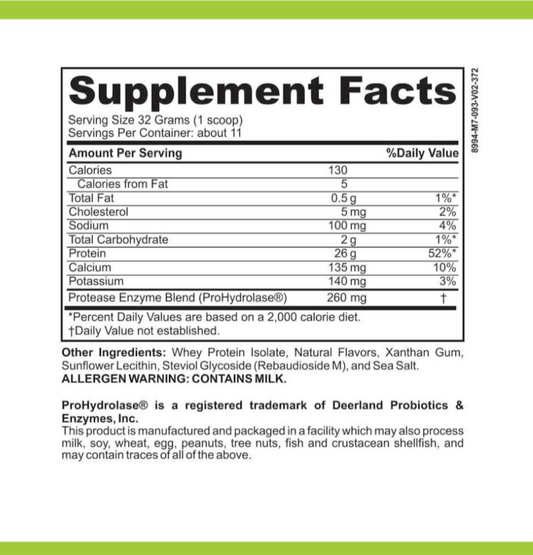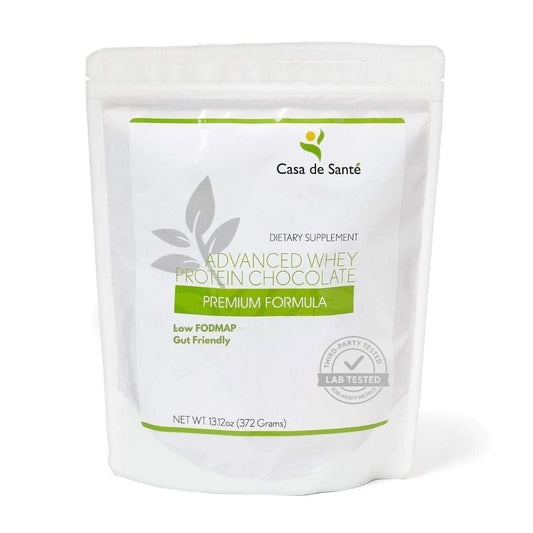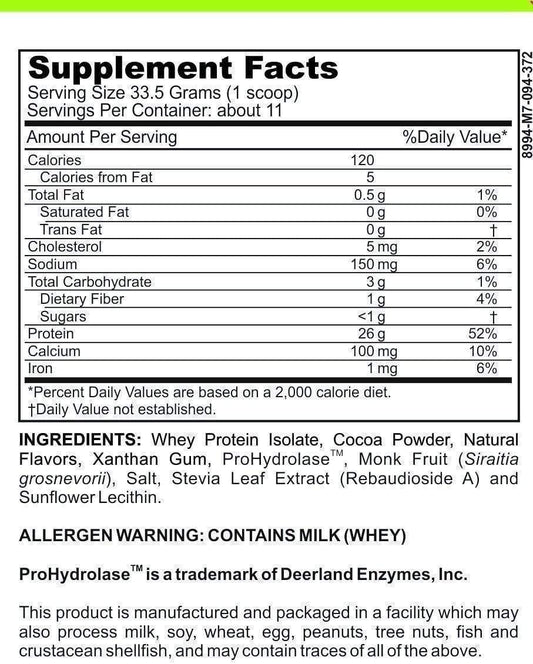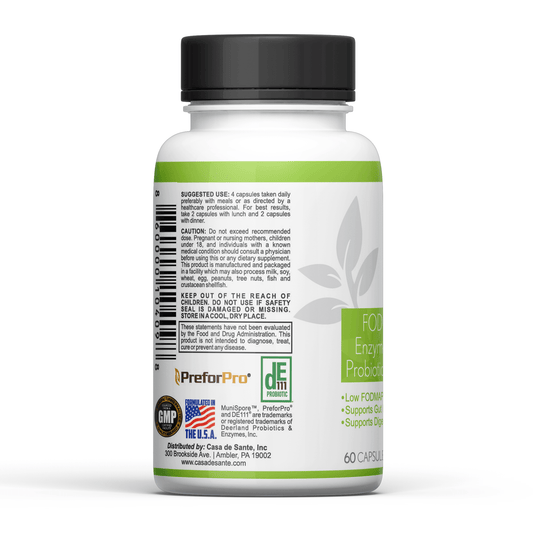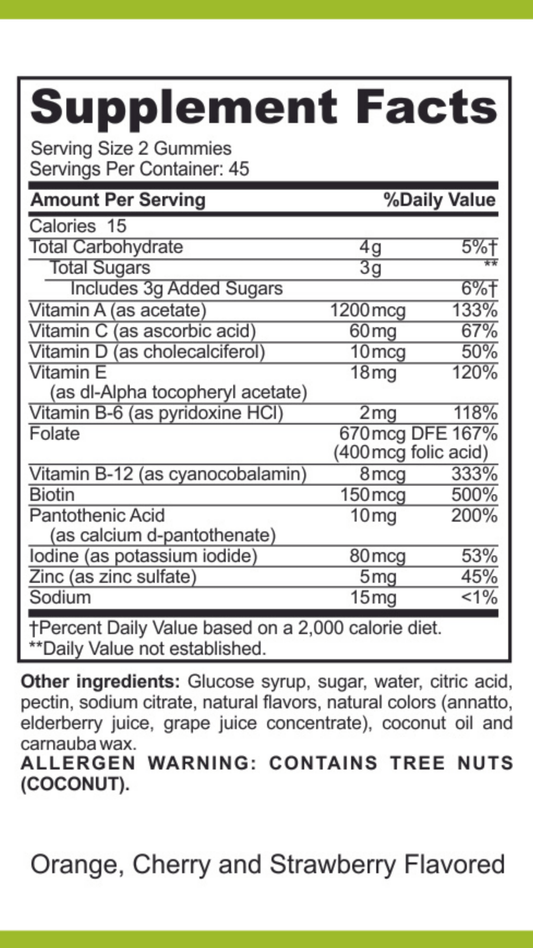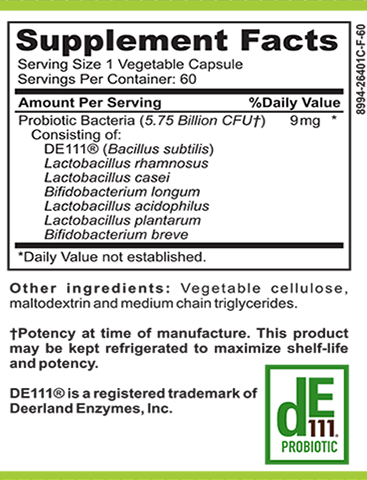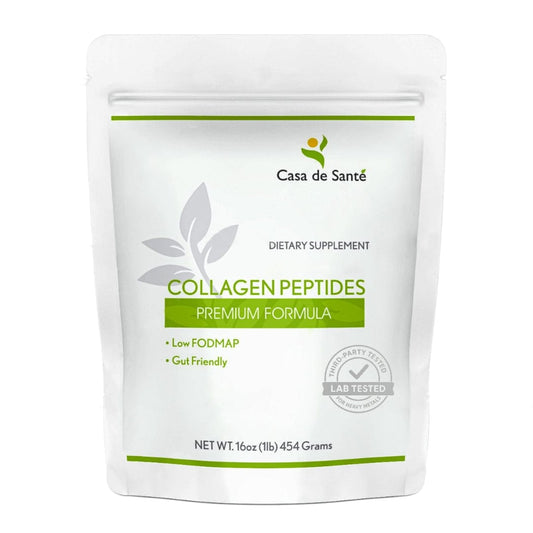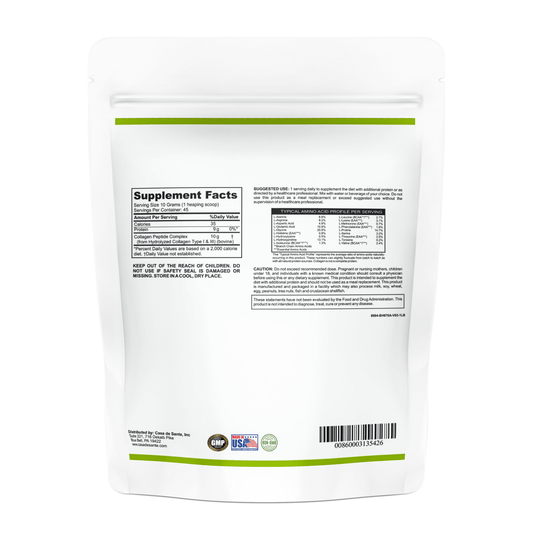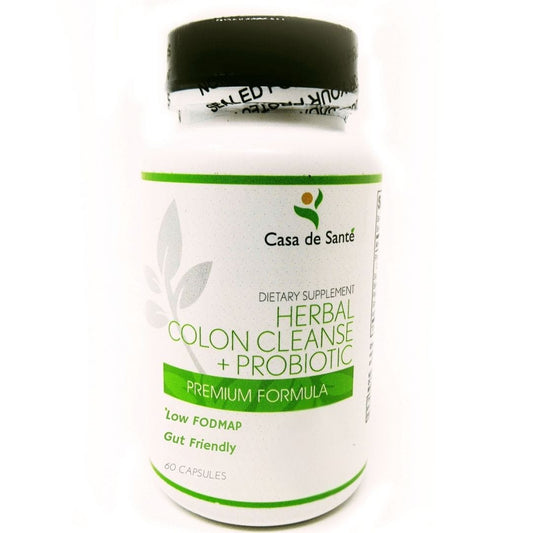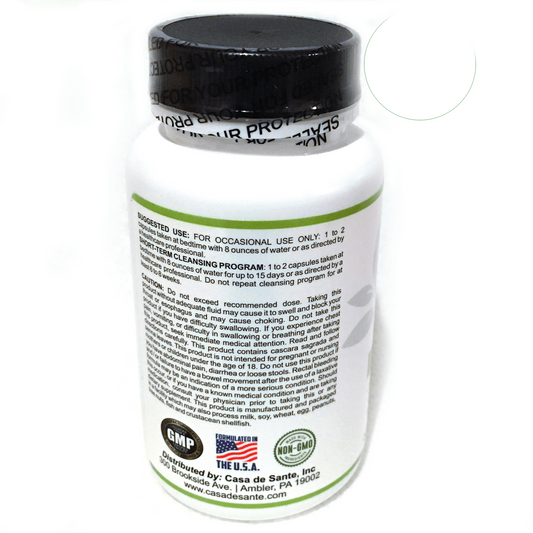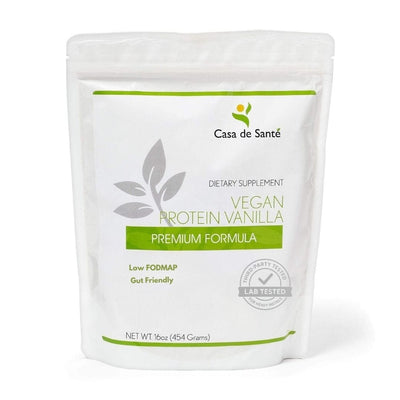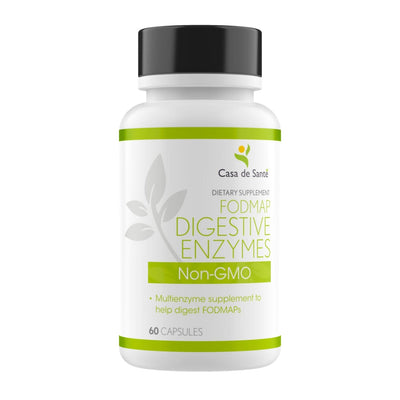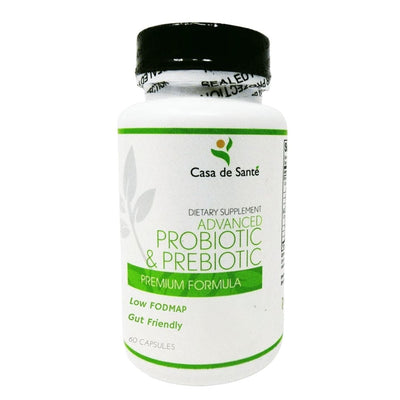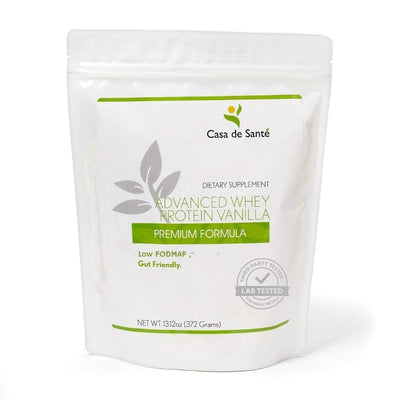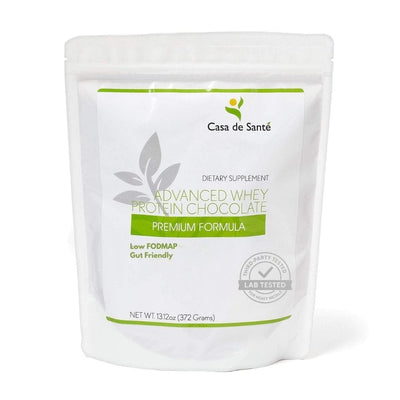Saccharomyces Boulardii: The Complete Guide
Saccharomyces Boulardii: The Complete Guide
Saccharomyces Boulardii, a unique probiotic yeast, has gained popularity in recent years for its potential health benefits. In this complete guide, we will explore everything you need to know about Saccharomyces Boulardii, from its origins and biological characteristics to its health benefits, potential side effects, and how to use it effectively.
Understanding Saccharomyces Boulardii
Before delving into the details, let's start by understanding what Saccharomyces Boulardii actually is. It is a non-pathogenic yeast strain originally isolated from lychee and mangosteen fruit in Southeast Asia. This particular strain of yeast, Saccharomyces cerevisiae var. boulardii, has been extensively studied for its potential therapeutic effects on various health conditions.
What is Saccharomyces Boulardii?
Saccharomyces Boulardii is a probiotic yeast that has been shown to have beneficial effects on the gastrointestinal system. Unlike other strains of yeast, it is not related to Candida and has a transient presence in the gut, meaning it doesn't colonize the intestines like other probiotic bacteria. Instead, it exerts its effects by modulating the gut microbiota and interacting with the host's immune system.
The Origin and History of Saccharomyces Boulardii
Saccharomyces Boulardii was first discovered by French microbiologist Henri Boulard in 1920 during a trip to Indochina. Boulard noticed that the local people used the skin of lychee and mangosteen fruits to treat diarrhea. Intrigued by this observation, he isolated the yeast strain and later named it after himself. Since then, Saccharomyces Boulardii has been extensively researched, and its potential health benefits have gained recognition worldwide.
Research on Saccharomyces Boulardii has revealed its ability to support the body's natural defense mechanisms. Studies have shown that this probiotic yeast can enhance the production of secretory IgA, an antibody that plays a crucial role in protecting the mucosal surfaces of the gastrointestinal tract. By stimulating the immune system, Saccharomyces Boulardii helps maintain a healthy gut environment and promotes overall digestive health.
In addition to its immunomodulatory effects, Saccharomyces Boulardii has been found to have antimicrobial properties. It can inhibit the growth of harmful bacteria, such as Clostridium difficile, Escherichia coli, and Salmonella, thereby reducing the risk of gastrointestinal infections. This yeast strain also produces enzymes that help break down complex carbohydrates, aiding in the digestion and absorption of nutrients.
Furthermore, Saccharomyces Boulardii has been studied for its potential role in managing various gastrointestinal disorders. Clinical trials have shown promising results in the treatment of acute diarrhea, antibiotic-associated diarrhea, and inflammatory bowel disease. It has also been investigated for its potential use in preventing traveler's diarrhea and reducing the risk of recurrence in individuals with Clostridium difficile infection.
When it comes to safety, Saccharomyces Boulardii has been found to be well-tolerated with minimal side effects. It is considered safe for most individuals, including children and the elderly. However, individuals with compromised immune systems should consult with their healthcare provider before using any probiotic supplement, including Saccharomyces Boulardii.
In conclusion, Saccharomyces Boulardii is a probiotic yeast strain that offers numerous potential health benefits. From its origins in Southeast Asia to its extensive research and recognition worldwide, this non-pathogenic yeast has demonstrated its ability to support digestive health, modulate the immune system, and inhibit the growth of harmful bacteria. With its wide range of therapeutic effects, Saccharomyces Boulardii continues to be a subject of interest in the field of probiotics and gastrointestinal health.
The Biological Characteristics of Saccharomyces Boulardii
To better understand the mechanism of action and potential health benefits of Saccharomyces Boulardii, it is essential to explore its structural and compositional characteristics as well as its life cycle.
The Structure and Composition of Saccharomyces Boulardii
Saccharomyces Boulardii is a unicellular yeast with a unique cellular structure. It is composed of a chitin cell wall that protects it from environmental stresses and enhances its survival in the gastrointestinal tract. This protective cell wall also plays a crucial role in modulating the immune response and maintaining the balance of the gut microbiota.
The chitin cell wall of Saccharomyces Boulardii is a remarkable feature that sets it apart from other yeasts. Chitin, a complex polysaccharide, provides strength and rigidity to the cell wall, allowing the yeast to withstand harsh conditions in the gut. This structural integrity is essential for its survival and effectiveness as a probiotic.
Furthermore, the chitin cell wall of Saccharomyces Boulardii has been found to interact with the host's immune system. It can stimulate the production of certain immune cells and modulate the release of inflammatory molecules. This immunomodulatory effect helps to maintain a balanced immune response and promote overall gut health.
The Life Cycle of Saccharomyces Boulardii
The life cycle of Saccharomyces Boulardii involves two main stages: the yeast form and the mycelial form. In the yeast form, it reproduces asexually through budding, allowing it to rapidly multiply and exert its beneficial effects. Under certain conditions, it can switch to a mycelial form with longer filamentous structures, which may facilitate its interaction with the gut lining and immune cells.
During the yeast form, Saccharomyces Boulardii undergoes a process called budding. This involves the formation of a small outgrowth, or bud, on the parent cell. The bud then grows in size until it separates from the parent cell, becoming an independent yeast cell. This asexual reproduction allows Saccharomyces Boulardii to quickly increase its population and colonize the gut.
On the other hand, the mycelial form of Saccharomyces Boulardii is characterized by the development of longer filamentous structures called hyphae. These hyphae can extend and penetrate the gut lining, potentially enhancing the yeast's ability to interact with the host's cells and exert its beneficial effects. The transition between the yeast and mycelial forms is influenced by various environmental factors, such as nutrient availability and pH levels.
Understanding the life cycle of Saccharomyces Boulardii provides insights into its adaptability and versatility as a probiotic. The ability to switch between different forms allows it to respond to changing conditions in the gut and optimize its survival and therapeutic potential.
The Health Benefits of Saccharomyces Boulardii
One of the key reasons why Saccharomyces Boulardii has gained attention is its potential health benefits. Let's explore two significant areas where this probiotic yeast has shown promising effects: gut health and immune system support.
Saccharomyces Boulardii and Gut Health
Saccharomyces Boulardii has been extensively studied for its role in maintaining and restoring gut health. It has been shown to support the integrity of the intestinal barrier, preventing the colonization of harmful pathogens. This is especially important as the gut is home to trillions of bacteria, both beneficial and harmful. By promoting a healthy balance, Saccharomyces Boulardii helps ensure optimal gut function.
Furthermore, this probiotic yeast has been reported to help balance the composition of the gut microbiota, reducing inflammation and promoting digestive health. The gut microbiota is a complex ecosystem of microorganisms that play a crucial role in various bodily functions, including digestion, nutrient absorption, and immune system regulation. Saccharomyces Boulardii's ability to modulate the gut microbiota can have far-reaching effects on overall health and well-being.
Studies have also shown that Saccharomyces Boulardii may have a positive impact on specific gastrointestinal conditions. For example, it has been found to be beneficial in the management of diarrhea, including antibiotic-associated diarrhea and traveler's diarrhea. Additionally, this probiotic yeast has shown promise in alleviating symptoms of inflammatory bowel disease, such as Crohn's disease and ulcerative colitis.
Immune System Support from Saccharomyces Boulardii
Emerging evidence suggests that Saccharomyces Boulardii can modulate the host's immune response. It has been shown to stimulate the production of certain immune cells, enhancing the body's defense against pathogens. This immune-boosting effect can be particularly beneficial in individuals with weakened immune systems or those prone to frequent infections.
Moreover, this probiotic yeast may help regulate immune-related inflammation, potentially benefiting individuals with immune-related conditions. Chronic inflammation is a common underlying factor in many chronic diseases, including autoimmune disorders. By modulating the immune response, Saccharomyces Boulardii may help reduce excessive inflammation and promote a more balanced immune system.
Research has also suggested that Saccharomyces Boulardii could have a role in allergy prevention and management. Allergies occur when the immune system overreacts to harmless substances, triggering an allergic response. Saccharomyces Boulardii's ability to modulate the immune system may help regulate this overreaction, potentially reducing the severity and frequency of allergic symptoms.
In conclusion, Saccharomyces Boulardii offers a range of potential health benefits, particularly in the areas of gut health and immune system support. Its ability to promote a healthy gut microbiota, strengthen the intestinal barrier, and modulate the immune response makes it a valuable probiotic supplement for individuals looking to optimize their overall health and well-being.
Potential Side Effects and Risks of Saccharomyces Boulardii
While Saccharomyces Boulardii is generally considered safe, it is essential to be aware of potential side effects and risks, especially for certain individuals.
Saccharomyces Boulardii is a probiotic yeast that has been extensively studied for its potential health benefits. It is commonly used to prevent and treat diarrhea, particularly that associated with antibiotic use or travel. However, like any supplement or medication, it is important to understand the potential side effects and risks.
Common Side Effects of Saccharomyces Boulardii
In most cases, Saccharomyces Boulardii is well-tolerated, but some individuals may experience mild gastrointestinal symptoms such as bloating, gas, or constipation. These symptoms are usually temporary and resolve on their own.
It is important to note that these side effects are relatively rare and occur in a small percentage of individuals. Most people who take Saccharomyces Boulardii do not experience any adverse effects.
Furthermore, it is worth mentioning that the benefits of Saccharomyces Boulardii often outweigh the potential side effects, especially in individuals who are at a higher risk of developing diarrhea or other gastrointestinal issues.
Who Should Avoid Saccharomyces Boulardii?
While Saccharomyces Boulardii is generally safe for most people, there are certain individuals who should exercise caution or avoid using this probiotic supplement.
Those with compromised immune systems, such as individuals with HIV/AIDS or undergoing chemotherapy, should consult with their healthcare provider before taking Saccharomyces Boulardii. This is because the probiotic yeast may interact with their medications or pose a risk of infection.
In addition, individuals with central venous catheters, which are commonly used for long-term intravenous therapy, should also be cautious when using Saccharomyces Boulardii. There have been rare reports of Saccharomyces Boulardii causing infections in individuals with central venous catheters, although this is extremely uncommon.
Furthermore, individuals with weakened intestinal barriers, such as those with inflammatory bowel disease or leaky gut syndrome, should consult with their healthcare provider before using Saccharomyces Boulardii. While the probiotic yeast may provide benefits for some individuals with these conditions, it is important to ensure that it is safe and appropriate for their specific situation.
Lastly, individuals who are allergic to yeast should avoid using Saccharomyces Boulardii. Allergic reactions to Saccharomyces Boulardii are rare but can occur in individuals who have a known allergy to yeast. Symptoms of an allergic reaction may include itching, rash, swelling, or difficulty breathing. If you suspect an allergic reaction, it is important to seek medical attention immediately.
In conclusion, while Saccharomyces Boulardii is generally safe and well-tolerated, it is important to be aware of the potential side effects and risks, especially for individuals with compromised immune systems, central venous catheters, weakened intestinal barriers, or yeast allergies. If you have any concerns or questions about using Saccharomyces Boulardii, it is always best to consult with your healthcare provider for personalized advice.
How to Use Saccharomyces Boulardii
When it comes to using Saccharomyces Boulardii, it's important to consider the appropriate dosage and administration, as well as selecting a reliable supplement.
Dosage and Administration of Saccharomyces Boulardii
The recommended dosage of Saccharomyces Boulardii varies depending on the specific product and intended use. It's best to follow the instructions provided by the manufacturer or consult with a healthcare professional for personalized guidance.
Choosing a Saccharomyces Boulardii Supplement
When selecting a Saccharomyces Boulardii supplement, look for reputable brands that ensure the viability and quality of the probiotic yeast. It's also important to check for any additional ingredients or allergens to ensure compatibility with your specific needs.
Overall, Saccharomyces Boulardii is a promising probiotic yeast with potential health benefits for gut health and immune system support. By understanding its origins, biological characteristics, and appropriate usage, you can make informed decisions to incorporate this probiotic into your wellness routine.
